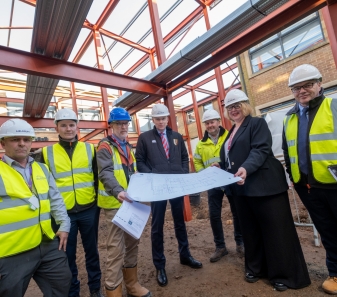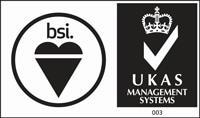Everywhere we look and turn we hear expressions on net zero, carbon zero, carbon offsetting, carbon neutral, renewables and various percentages – enough to confuse anyone – and even the experts differ on the exact meanings.
My simple summary of them is to define net zero as a balance between the amount of greenhouse gases which are released and the amount which are taken out the atmosphere. So, the aim is to reduce carbon emissions and the need to use carbon offsetting which removes the omissions. Oh, dear I am using more strange terms to explain it all!
Zero carbon is a different focus and is the reduction of existing carbon, ideally towards zero.
So, we see developments using fossil fuels and factoring in carbon offsetting to equalise the emissions to create a Net zero carbon strategy (in comparison to developments which seek to use zero carbon energy). Confusing? It certainly is!
So how do we measure all this? Well, there is a major problem, and it involves energy performance certificates (EPC’s). The EPC is a guide to how well or badly your home is rated for the environment. All homes and offices must be rated from A – most efficient to G – least efficient. The EPC is the unloved offspring of the ‘home information packs’, introduced in 2004. The packs were ultimately abandoned leaving the EPC in place.
All buildings that are rented will soon require a rating of C by 2028 which could become a rating of B by 2030.
That all sounds good – pushing everyone to doing the right thing: well, sadly not. The certificates are far from accurate or precise. They were designed in 2007 when calculations were based on how much it costs to heat a home rather than its carbon footprint. So, back in 2007 it was designed to encourage you to put in a new gas boiler and more insulation.
However, if you put in a heat pump which uses electricity and no gas, you could see your rating fall, which is simply not in tune with other government policies.
The certificates put forward recommendations on PV, solar, thermal, wind turbines and insulation which may not be economic for the scale of property. Here in the North East the cost of adding these elements is a larger percentage of the property value than comparing this to a property in the South East. So, there are significant political and social implications to these targets, which will affect the rental sector as landlords fail to achieve them. That is a concern for our region.
To illustrate the challenges, according to the National Federation of Builders, 85% of new homes have a rating of B or above whilst just 4% of existing houses achieve this rating.
Therefore, the rating system needs to change. The current one is too simple. We don’t want to see the pendulum swing to an over complex system (that people don’t understand). We need a common-sense system that encourages net zero by reducing the carbon use in a building. Older buildings are more challenging to alter, and the system needs to reflect this in its ideas and proposals in comparison to a modern building.
I have stated before, that if we are going to legislate, to make more buildings energy efficient then there needs to be incentives and tax breaks to encourage developers, building owners and landlords to take up the challenge.
Northern Insight (Issue 90) By Neil Turner, Director, Howarth Litchfield













